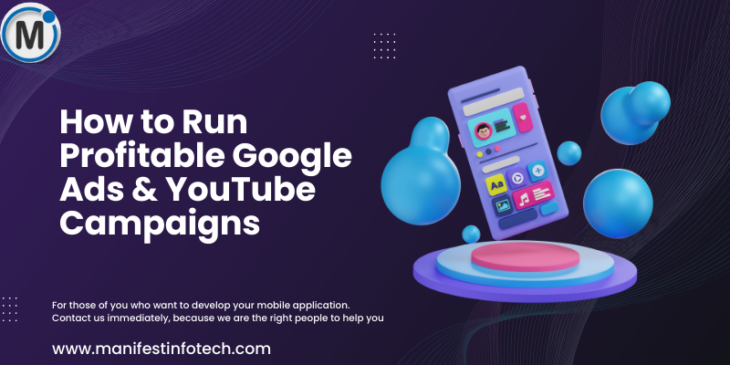
In today’s digital-first world, launching a web platform, mobile app, or game is only half the battle. The real challenge is getting the right eyes on it — and fast. That’s where Pay-Per-Click (PPC) advertising comes in, especially via Google Ads and YouTube.
Both platforms offer powerful ways to reach your ideal audience with precision targeting and measurable ROI. Whether you’re looking to boost app installs, generate leads, or build brand awareness, PPC can deliver results — when done right.
Let’s explore how to create high-converting, cost-effective ad campaigns for your digital product.
1. Define Your Campaign Goals
Before you spend a single dollar, define what success looks like. Common goals include:
App installs
Website sign-ups
Demo bookings
Traffic to landing pages
Video views or channel growth
Each goal will influence how you set up your ads, choose your audience, and measure performance.
2. Understand Google Ads Basics
Google Ads allows you to show ads in search results, websites, and YouTube. The two most effective types for app/web companies:
Search Ads: Appear when users search for specific keywords on Google. Ideal for capturing high-intent users (e.g., “best photo editing app”).
Display Ads: Banner or image-based ads shown across the Google Display Network. Great for retargeting or brand awareness.
Use Google App Campaigns if you’re promoting a mobile app — they automatically optimize your ads across search, YouTube, and Google Play.
3. Launching YouTube Ads for Apps & Web Platforms
YouTube is the second-largest search engine in the world. With skippable in-stream ads, bumper ads, and video discovery ads, it’s a goldmine for app and game marketing.
Tips for effective YouTube ads:
Grab attention in the first 5 seconds
Keep it short and direct (15–30 seconds)
Showcase product features, testimonials, or app demos
Use a strong CTA: “Download Now,” “Try for Free,” or “Watch More”
You can even retarget website visitors or previous app users with specific video ads.
4. Target the Right Audience
Google and YouTube offer laser-focused targeting:
Keywords: Show search ads for queries like “freelance job app” or “habit tracker 2025”
Interests & demographics: Target people by age, gender, parental status, etc.
Custom Audiences: Reach users based on competitor websites, YouTube channels, or app usage
Lookalike audiences: Find new users similar to your current ones
Focus your budget on the audience most likely to convert
5. Measure, Test, and Optimize
Success with PPC doesn’t come from “set and forget.” You need to:
Track conversions using Google Tag Manager or Firebase (for apps)
Run A/B tests on headlines, creatives, and CTAs
Pause underperforming ads and scale the winners
Monitor key metrics like CTR, CPC, and ROAS
Make data-driven tweaks regularly to stay profitable.
Final Thoughts
Google Ads and YouTube campaigns can be game changers for web, app, and game businesses. With smart targeting, compelling creatives, and continuous optimization, you can drive high-quality traffic that converts — and scales.
Even with a modest budget, a well-executed PPC strategy can give your product the visibility it deserves.
If you are looking for any services related to Website Development, App Development, Digital Marketing and SEO, just email us at nchouksey@manifestinfotech.com or Skype id: live:76bad32bff24d30d
𝐅𝐨𝐥𝐥𝐨𝐰 𝐔𝐬:
𝐋𝐢𝐧𝐤𝐞𝐝𝐢𝐧: linkedin.com/company/manifestinfotech
𝐅𝐚𝐜𝐞𝐛𝐨𝐨𝐤: facebook.com/manifestinfotech/
𝐈𝐧𝐬𝐭𝐚𝐠𝐫𝐚𝐦: instagram.com/manifestinfotech/
𝐓𝐰𝐢𝐭𝐭𝐞𝐫: twitter.com/Manifest_info
#PPCMarketing #GoogleAdsTips #YouTubeAds #AppMarketing #WebAppGrowth #DigitalAdvertising #StartupMarketing #GamePromotion #PaidMarketing #MarketingStrategy #AppGrowthHacks